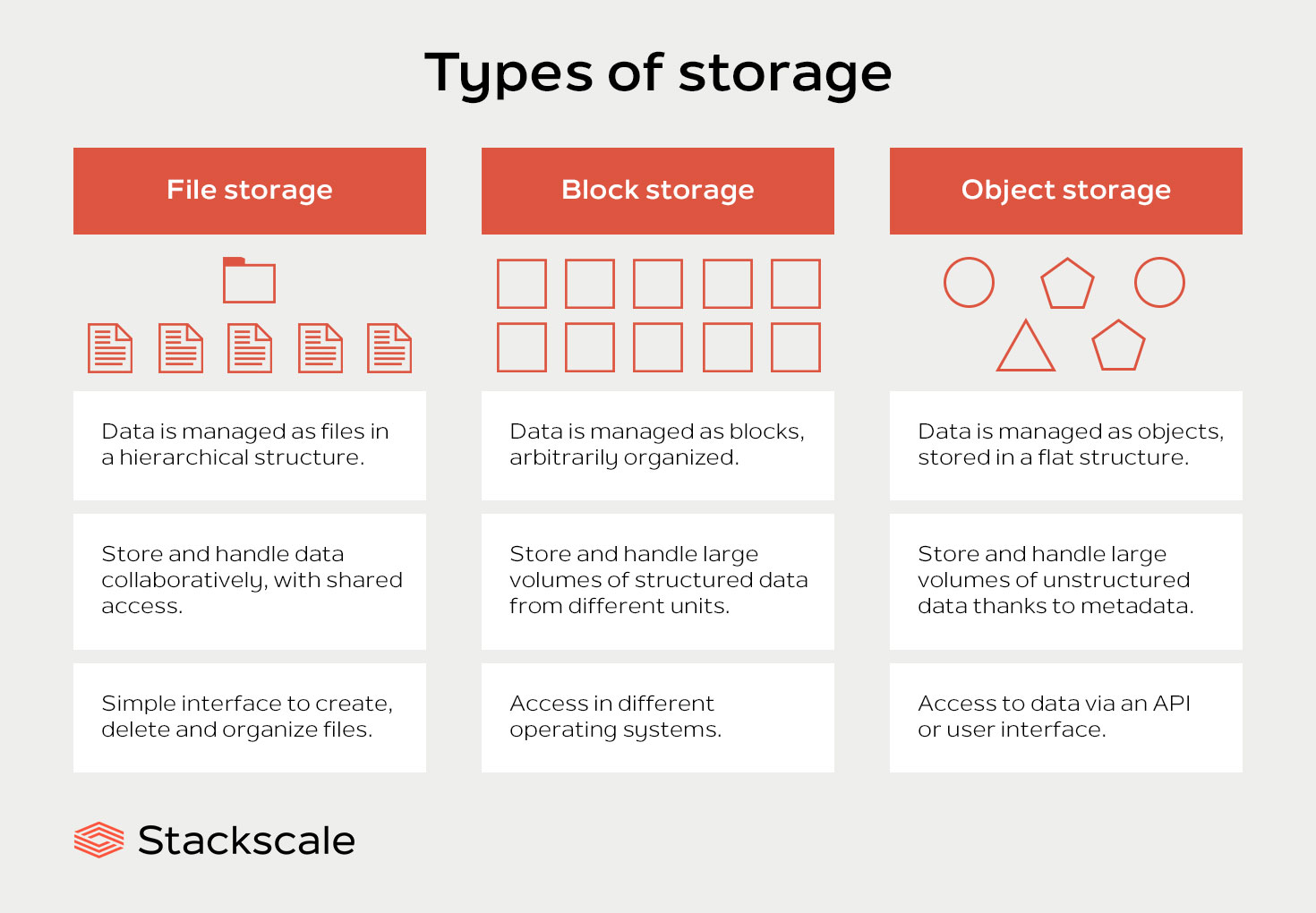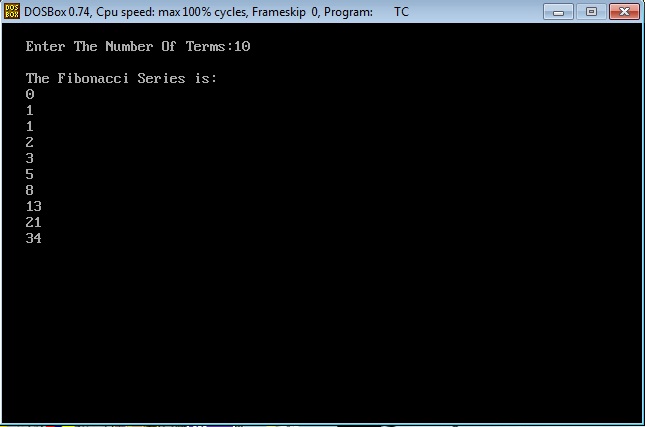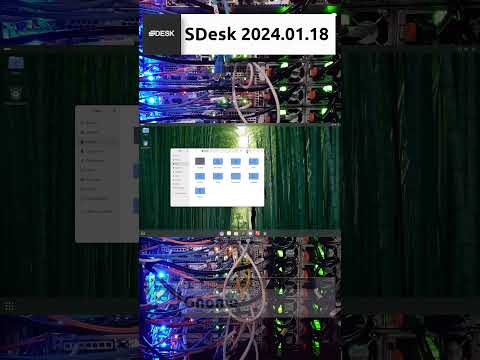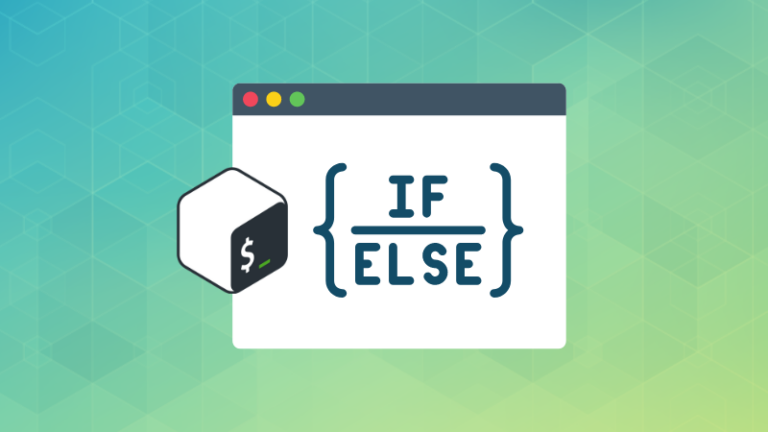
There are different types of storage — file storage, block storage and object storage, for different needs and use cases. Therefore, as data is one valuable asset nowadays, organizations must carefully choose where and how to store it.
File storage
File storage or file-based storage consists of data storage systems that manage data as files, using a hierarchy of files, folders and subfolders.
Data is stored together in a file, which is identified by a filename, extension and path (/folder/subfolder/filename.ext). Extensions vary depending on the kind of data files contain (for instance: .png for images, .mp3 for music or .doc for documents).
This is the most common storage type among users, as it works similarly to a traditional, physical filing system. Files can be easily accessed using a file manager or introducing the file path.
Some examples of file storage are Network-Attached Storage systems (NAS) and cloud-based storage systems.
File storage features
These are some of the main features of file-level storage systems:
- Hierarchical structure that makes finding and managing files easy.
- Simple interface to create, organize and delete files.
- Simultaneous access to files.
- Permissions for accessing, sharing and locking files are set at user level. Password protection is available as well.
- Limited capabilities for unstructured data as it contains a low amount of metadata.
File storage use cases
File storage is intended for diverse purposes and use cases, such as:
- Document management systems.
- Shared access and collaboration, as files can be accessed and modified simultaneously (enabling a versioning system to prevent data losses).
- Disaster Recovery, backups and archival.
- Data analytics.
- Machine Learning.
Nevertheless, its wide capabilities make it suitable for virtually any use case.
Block storage
Block storage or block-based storage consists of data storage systems that manage data as fixed-sized blocks with unique identifiers, which are separately and randomly organized.
Instead of using a fixed path, blocks can be found using their unique identifier. This allows the system to store smaller pieces of data in the most convenient location. Thus mitigating the fragmentation issues that can appear in file systems. Besides, blocks can be stored in different environments, such as Linux, Mac or Windows.
Block storage is often used in Storage Area Networks (SAN) and virtualized environments. Besides, it is commonly associated with storage devices such as Hard Disk Drives (HDD) and Solid-State Drives (SSD).
Block storage features
These are some of the main features of block-level storage systems:
- High-performance and low-latency access, suitable for applications requiring fast and consistent input/output operations, such as business-critical applications, scientific simulations and data analysis.
- High efficiency for data storage and retrieval.
- Complete freedom to configure data, as blocks can be partitioned and accessed in different operating systems.
- Data integrity mechanisms to ensure accuracy and reliability.
- Blocks do not contain metadata, limiting its usage for unstructured data.
Block storage use cases
Block storage is intended for diverse purposes and use cases, such as:
- Large databases.
- Virtual machines (VMs).
- High-Performance Computing (HPC).
- Content Delivery Networks (CDNs).
Object storage
Object storage or object-based storage consists of data storage systems that manage data as objects, which have a unique identifier and contain both data and metadata.
These objects consist of small data pieces that are stored in a flat structure, instead of a hierarchical structure. Besides, object-based storage includes detailed metadata such as file attributes, descriptive information or privacy/security details. In this kind of storage, data is accessed using an API or user interface.
Object storage is often stored on cloud servers, although it can also be stored locally.
Object storage features
These are some of the main features of object-level storage systems:
- Diverse implementation options: at device level, at system level and at interface level.
- Capability to store and handle large volumes of unstructured data. A feature that is increasingly important for fields such as Artificial Intelligence and Big Data.
- Improved indexing, management and searching capabilities. Users can easily search and retrieve data by metadata, object contents and other properties.
- Less performance compared to file and block storage. Erasure Coding (EC) increases latency and processing time.
- Great scalability.
Object storage use cases
Object storage is intended for diverse purposes and use cases, such as:
- Internet of Things (IoT) data management.
- Cloud storage systems.
- Disaster Recovery and backup storage.
- Storage of large volumes of files, including multimedia files.
Types of storage comparison
Let’s compare the main features of these three types of storage.
| File storage | Block storage | Object storage | |
| Structure | Data is managed as files in a hierarchical structure. | Data is managed as blocks, arbitrarily organized. | Data is managed as objects, stored in a flat structure. |
| Key strength | Store and handle data collaboratively, with shared access. | Store and handle large volumes of structured data from different units. | Store and handle large volumes of unstructured data thanks to metadata. |
| Interface | Simple interface to create, delete and organize files. | Blocks can be accessed in different OS. | Access to data via an API or user interface. |
| Main advantages | Wide capabilities that make it suitable to store virtually anything. Simple configuration and fast access to data. | High-performance and low-latency access, data integrity and freedom to configure data. | Great scalability, and improved indexing, management and searching capabilities. |
| Use cases | Document management systems, collaborative tools and data analytics, among other use cases. | Large databases, VMs, HPC and CDNs, among other use cases. | IoT data management, cloud storage systems and Disaster Recovery, among other use cases. |
The most suitable storage system for an organization will significantly depend on its particular requirements. As each type of storage offers different benefits and serves specific use cases.






